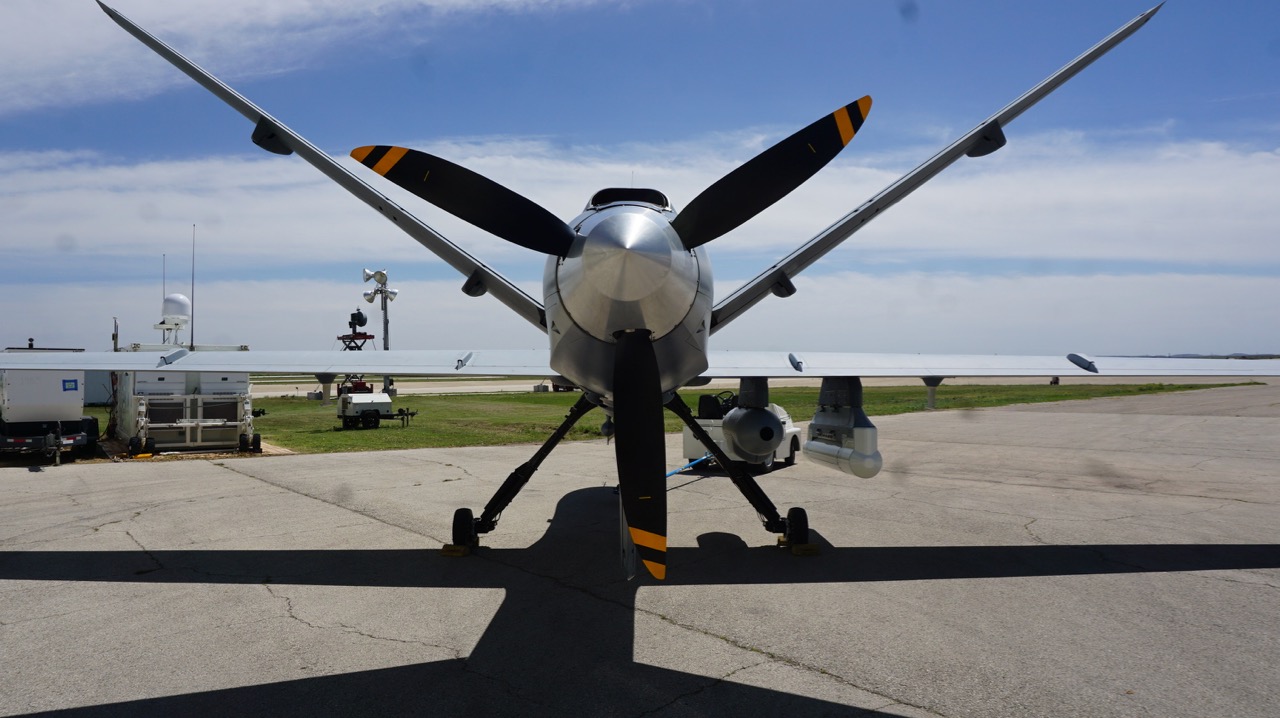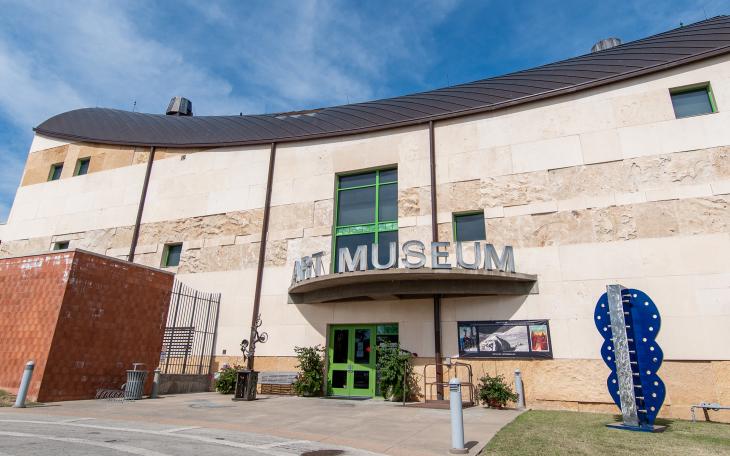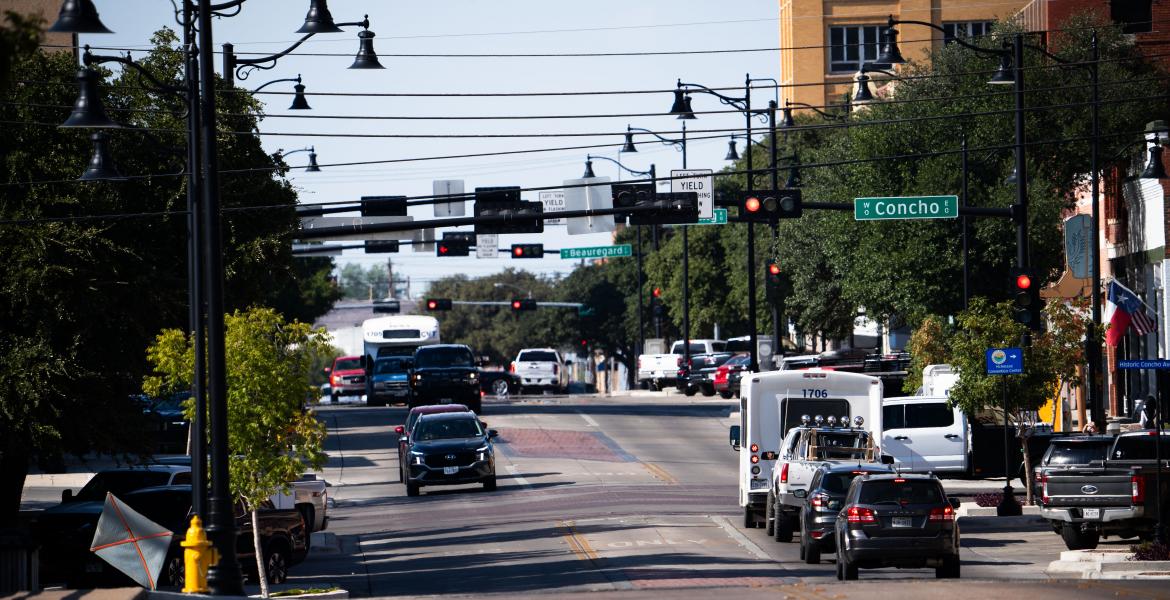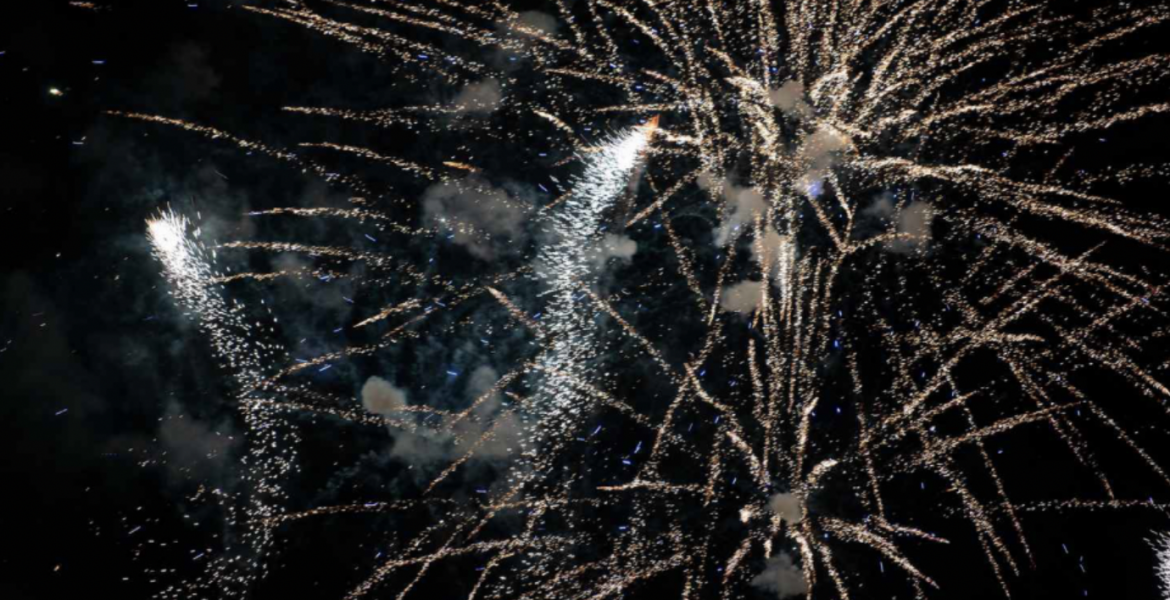SAN ANGELO, TX — A U.S. Customs and Border Protection (CBP) MQ-9 Guardian drone, operating out of San Angelo, conducted a rare mission deep into Mexican airspace on August 13, 2025, according to flight tracking data from FlightRadar24. The unmanned aircraft, using the call sign TROY701 and tail number CBP113, launched from San Angelo's Mathis Field around 3 a.m. CT and flew over 800 miles south, penetrating about 600 miles into Mexico. It performed several orbits west of Mexico City in an area associated with the notorious La Nueva Familia Michoacana (LNFM) drug cartel, before disappearing from public tracking after roughly six hours.
According to Howard Altman, a journalist who broke the story at The War Zone (twz.com), Mexican officials confirmed the flight was requested by their government, with Omar García Harfuch, head of Mexico's Secretariat of Security and Citizen Protection, stating it supported the mission.
While the exact objective remains unclear, experts suggest it may involve intelligence gathering on LNFM high-value targets, linked to fentanyl trafficking that has fueled U.S. sanctions and indictments against cartel leaders like Johnny and Jose Alfredo Hurtado Olascoaga. The unarmed Guardian variant features advanced sensors, including Raytheon's SeaVue radar and electro-optical systems, for real-time surveillance.
This mission aligns with escalating U.S. efforts against cartels, following a New York Times report that President Trump secretly signed a directive on August 8, 2025, ordering the Pentagon to begin using military force against certain Latin American drug cartels that his administration has deemed terrorist organizations. Considered the administration’s most aggressive step so far in its campaign against cartels, the order provides an official basis for the possibility of direct military operations at sea and on foreign soil against these groups, including those in Mexico and coalitions like Haitian gangs. U.S. military officials have reportedly started drawing up options for such actions, which could include expanded ISR (drone) flights.
In a related development, Mexico extradited 26 accused cartel members to the U.S. on August 12, 2025, amid pressure from the Trump administration.
San Angelo, one of three CBP MQ-9 bases, has long played a pivotal role in border security. A 2018 investigation revealed operations from Mathis Field involve veteran pilots and sensor operators using MQ-9s equipped with Vehicle and Dismount Exploitation Radar (VADER) to track smugglers crossing the Rio Grande in real time. These efforts have led to significant interdictions, including seizures of thousands of pounds of drugs like methamphetamine and marijuana, arrests of hundreds of illegal crossers, and asset forfeitures in areas like Eagle Pass and Del Rio.
Strategically located, San Angelo enables coverage of the entire Texas-Mexico border, with drones loitering 12-20 hours per mission via line-of-sight data links. Operators noted that with expanded assets, they could monitor the border continuously. CBP's MQ-9 fleet, including maritime variants, supports bi-national operations, building on past flights in Mexican airspace documented in a 2017 GAO report. The CIA has also reportedly used unarmed Reapers for fentanyl lab surveillance in Mexico.

The rear-mounted turboprop engine of the MQ-9 UAS.
Subscribe to the LIVE! Daily
Required






Post a comment to this article here: